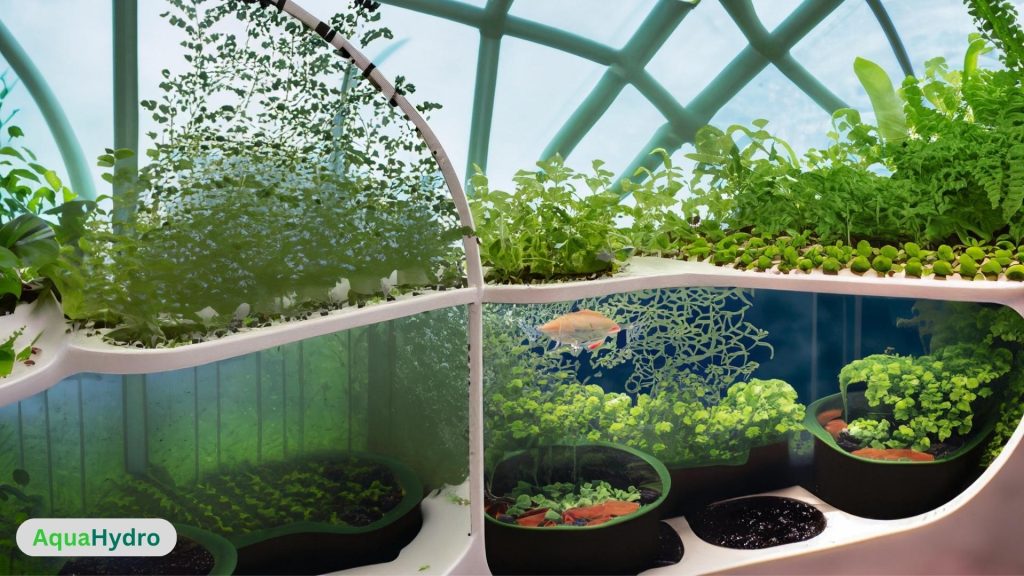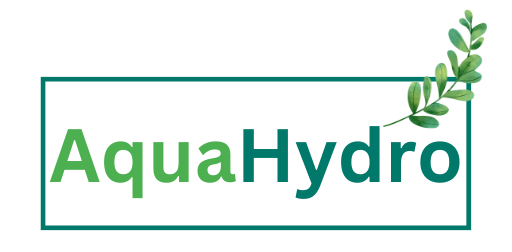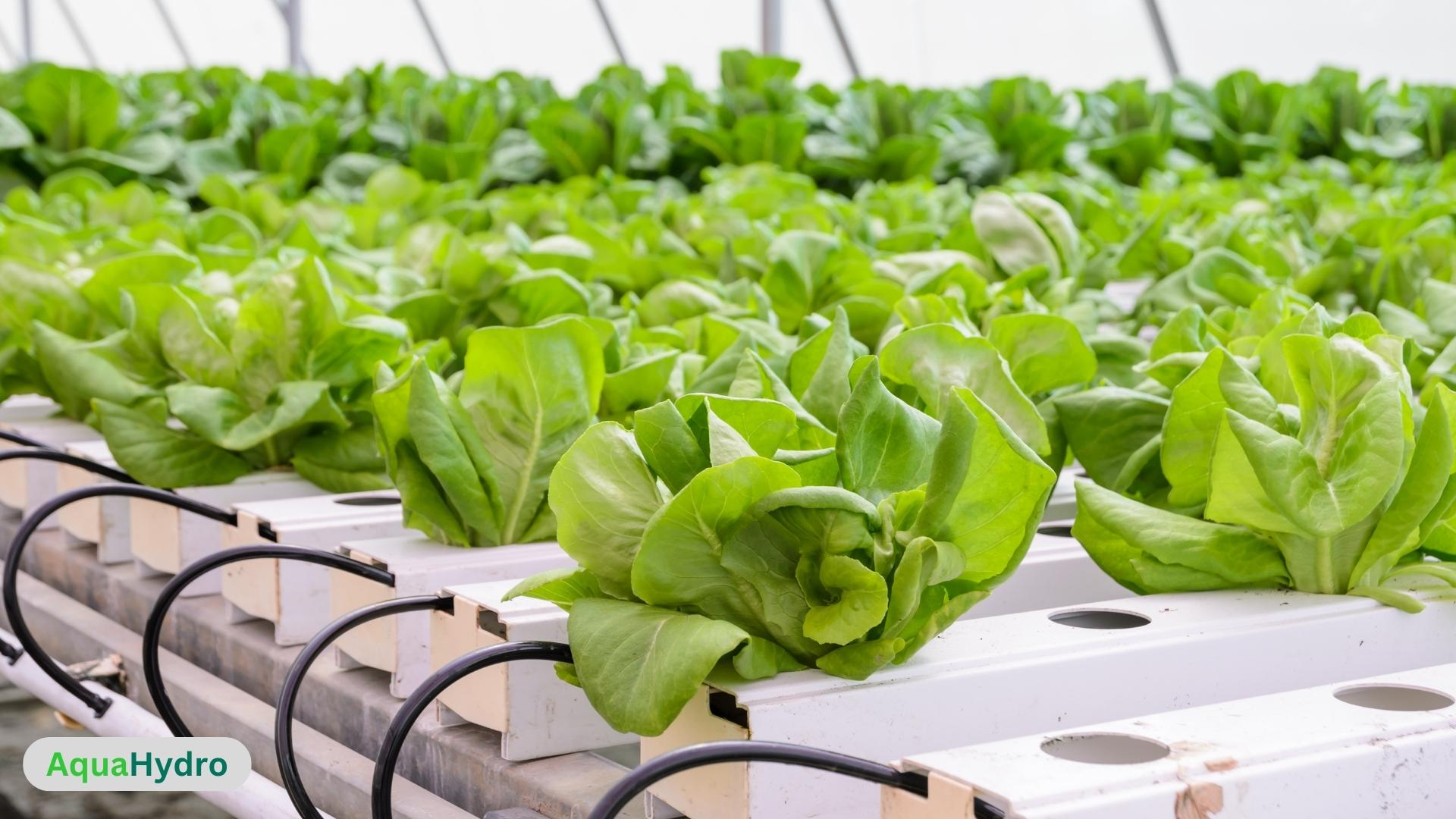Aquaponic greenhouse design is a fascinating combination of aquaculture and hydroponics, creating a sustainable and efficient way to grow fish and plants in a controlled environment. In this article, we will delve deep into aquaponic greenhouse design, providing valuable insights, tips, and techniques to understand the concept and master it. Whether you’re a novice looking to start your aquaponic journey or an experienced enthusiast seeking to optimize your setup, this guide has you covered.
Understanding Aquaponics
Before diving into greenhouse design specifics, let’s briefly understand what aquaponics is. At its core, aquaponics is a system that combines aquaculture (the raising of fish) with hydroponics (the cultivation of plants in water). The beauty of this system lies in the symbiotic relationship between the fish and the plants.
The Aquaponic Cycle

- Fish Tank: It all begins with a fish tank where aquatic species like tilapia, trout, or catfish are raised. These fish produce waste, primarily ammonia.
- Biofilter: The waste-rich water is then channeled into a biofilter containing beneficial bacteria that convert the ammonia into nitrites and then nitrates.
- Hydroponic Grow Beds: Nitrate-rich water is pumped into hydroponic grow beds where plants, such as lettuce, herbs, or tomatoes, are produced. These plants use the nitrates as nutrients, effectively purifying the water.
- Return to Fish Tank: The purified water is returned to the tank, creating a closed-loop system. This cycle ensures that both fish and plants thrive.
Designing Your Aquaponic Greenhouse

Location and Orientation
The success of your aquaponic greenhouse design begins with choosing the right location and orientation. Here are key considerations:
- Sunlight Exposure: Opt for a location that receives ample sunlight throughout the day. Southern or southeastern orientations are often ideal for maximizing sunlight exposure.
- Wind Protection: Ensure your greenhouse is shielded from strong winds to prevent damage and maintain a stable temperature.
Greenhouse Structure
Frame Material
The choice of frame material is crucial to your greenhouse’s durability and functionality. Common options include:
- Galvanized Steel: Known for its strength and resistance to corrosion, making it a long-lasting choice.
- Aluminum: Lightweight and rust-resistant, ideal for regions with high humidity.
Glazing Material
Selecting the suitable glazing material is essential for controlling temperature and maximizing light penetration:
- Polycarbonate: Provides excellent insulation and diffuses light evenly, reducing the risk of plant burns.
- Polyethylene Film: Cost-effective and easy to install but may require more frequent replacement.
Ventilation and Temperature Control
Maintaining an optimal temperature is crucial for aquaponic success. Incorporate these elements into your greenhouse design:
- Fans and Louvers: Install exhaust fans and adjustable louvers to regulate temperature and humidity.
- Shade Cloth: Use shade cloth to protect plants from excessive heat during summer months.
Water Management
Efficient water management is at the heart of aquaponics:
- Pumps and Filters: Invest in reliable pumps and filters to ensure proper water circulation and filtration.
- Sump Tank: Include a sump tank to collect excess water, preventing growing beds’ flooding.
Plant Selection and Care
Choosing Plants
Not all plants are well-suited for aquaponics. Opt for plants that thrive in a hydroponic environment, such as:
Nutrient Monitoring
Regularly monitor nutrient levels in your system to ensure your plants receive the proper nutrients. pH levels, ammonia, nitrites, and nitrates should be within the appropriate range.
Fish Selection and Care
Suitable Fish Species
The choice of fish species depends on your climate and personal preferences. Some popular options include:
- Tilapia: Hardy and adaptable to various conditions.
- Trout: Suitable for cooler temperatures.
- Catfish: Well-suited for warm water systems.
Feeding and Maintenance
Proper fish care is essential for the success of your aquaponic greenhouse. Ensure you provide them with appropriate food, monitor water quality, and maintain a healthy environment.
Troubleshooting Common Issues
No system is without its challenges. Here are some common problems you might encounter:
- Algae Growth: Combat algae growth by reducing light exposure and maintaining proper nutrient levels.
- pH Imbalance: Adjust pH levels as needed to ensure optimal nutrient uptake by your plants.
Designing an aquaponic greenhouse is an exciting and rewarding endeavor. By following the guidelines and tips outlined in this comprehensive guide, you’ll be well on your way to creating a sustainable and thriving aquaponic ecosystem. Remember, success in aquaponics requires dedication, attention to detail, and a genuine passion for fish and plants. Happy aquaponic gardening!


2 thoughts on “Aquaponic Ecosystems: A Step-by-Step Greenhouse Design Guide”